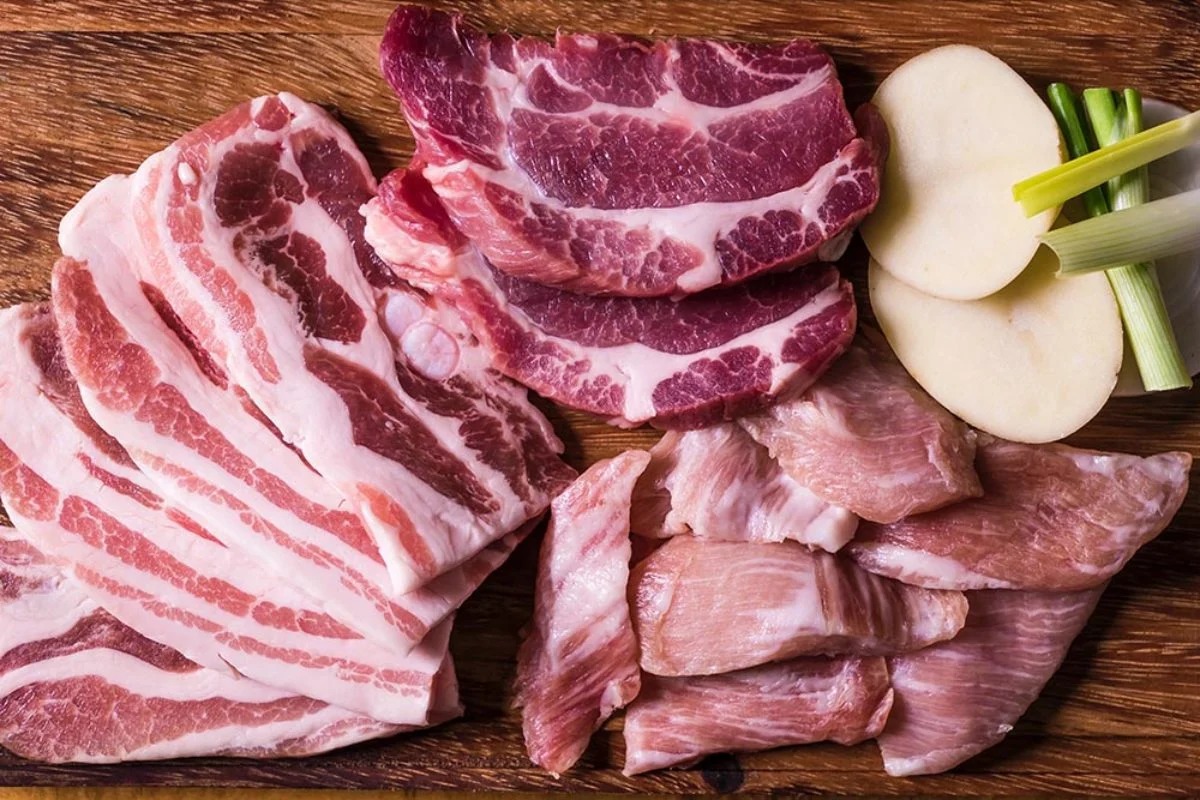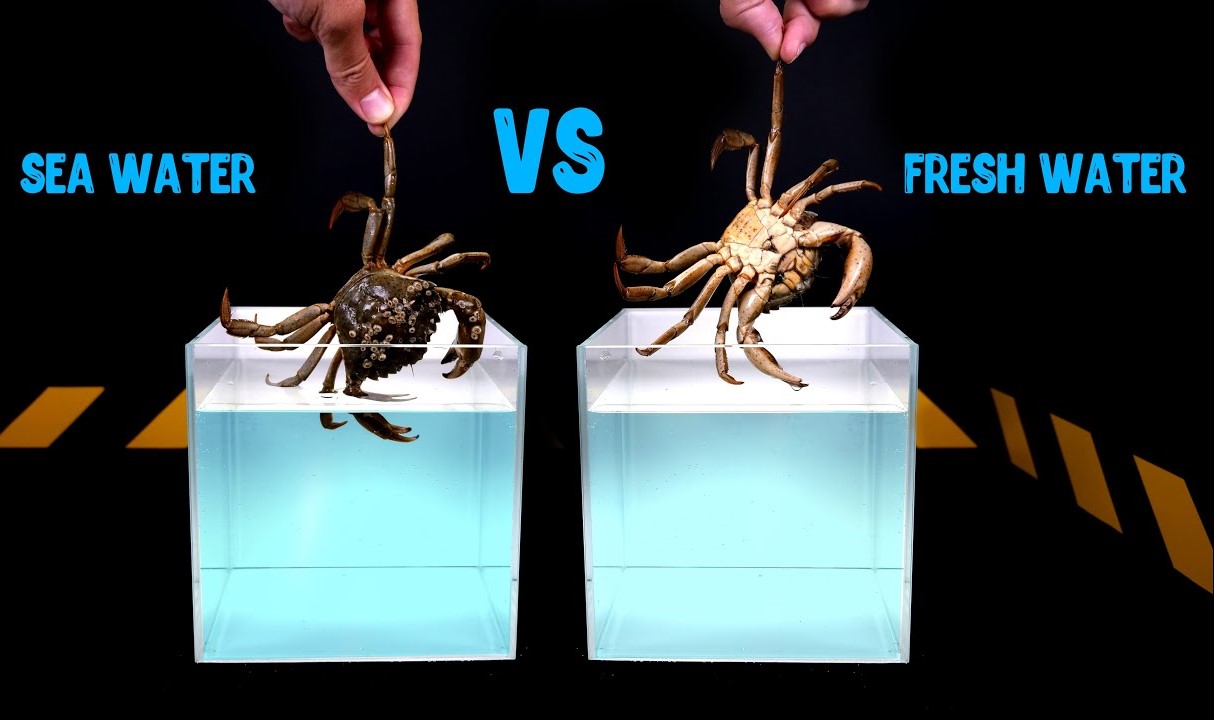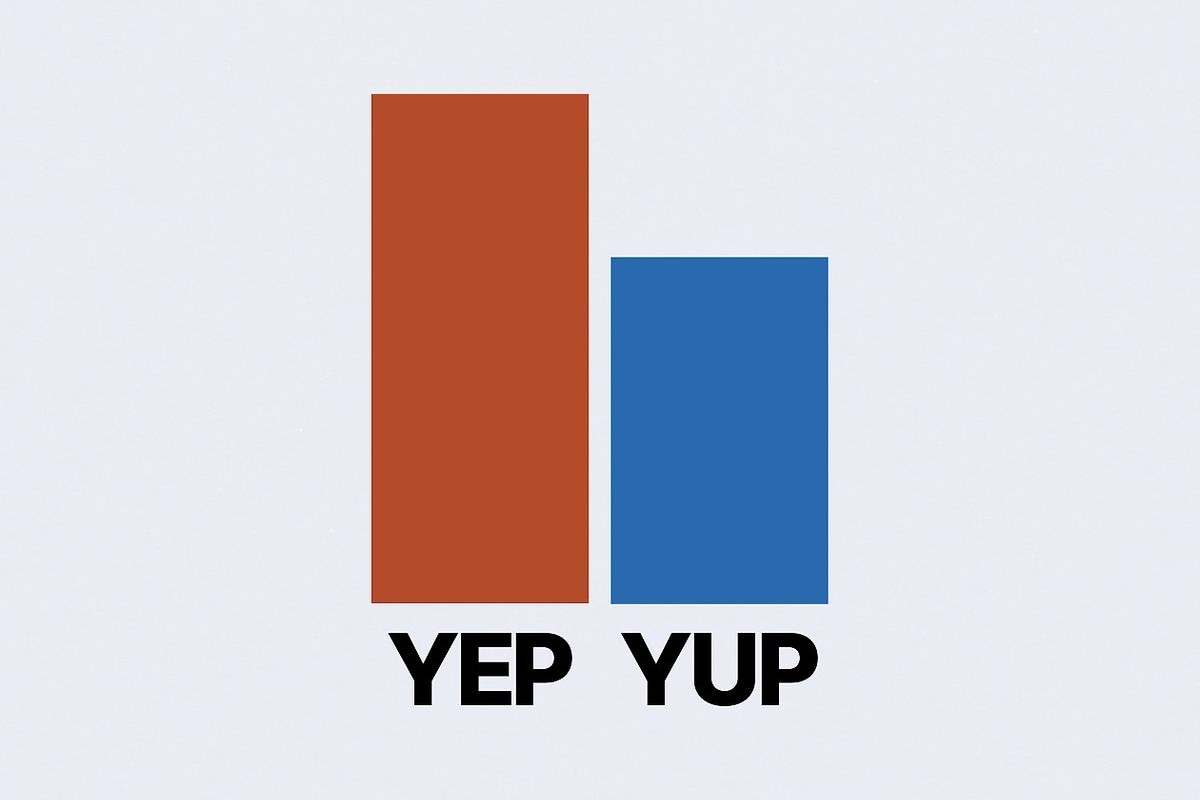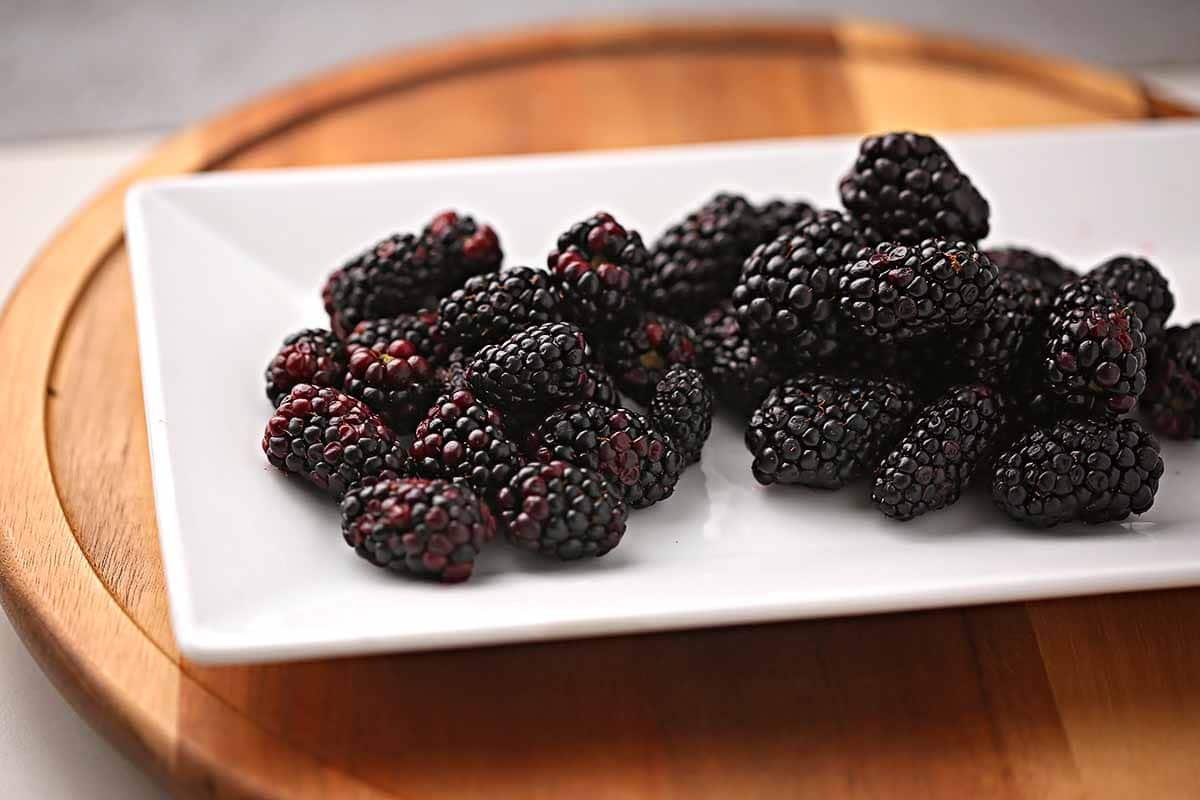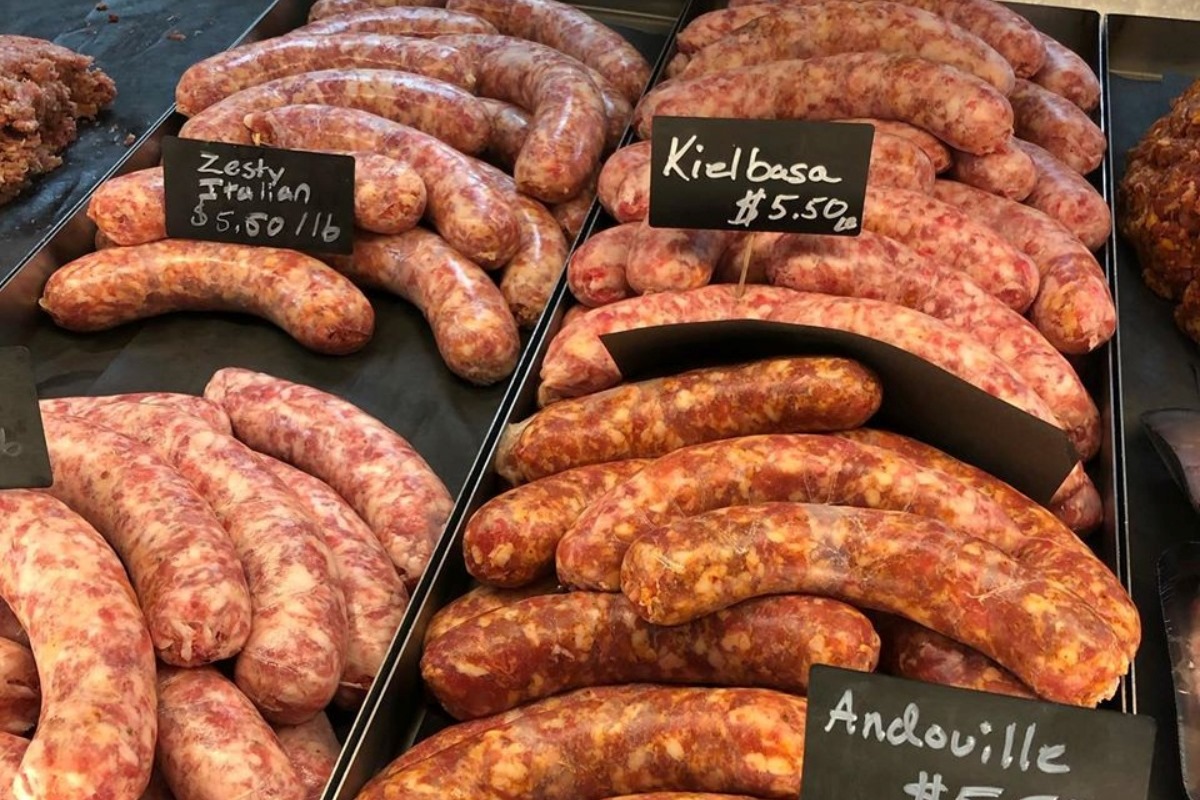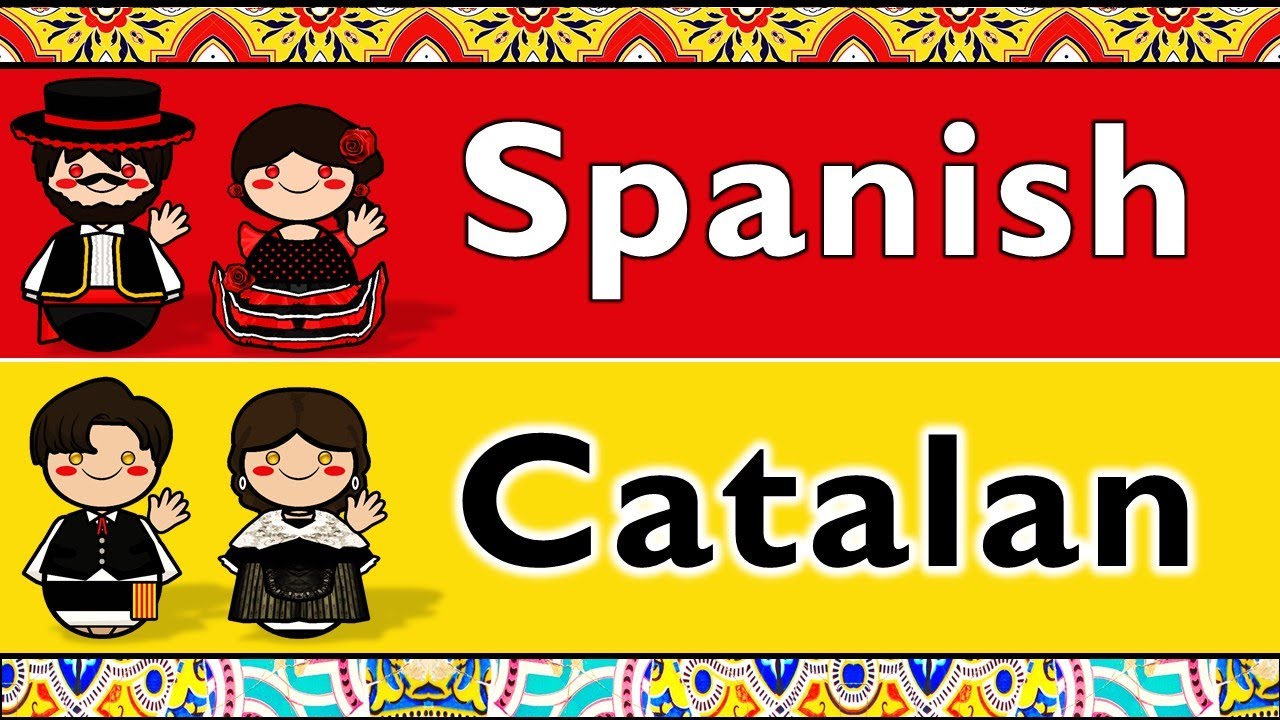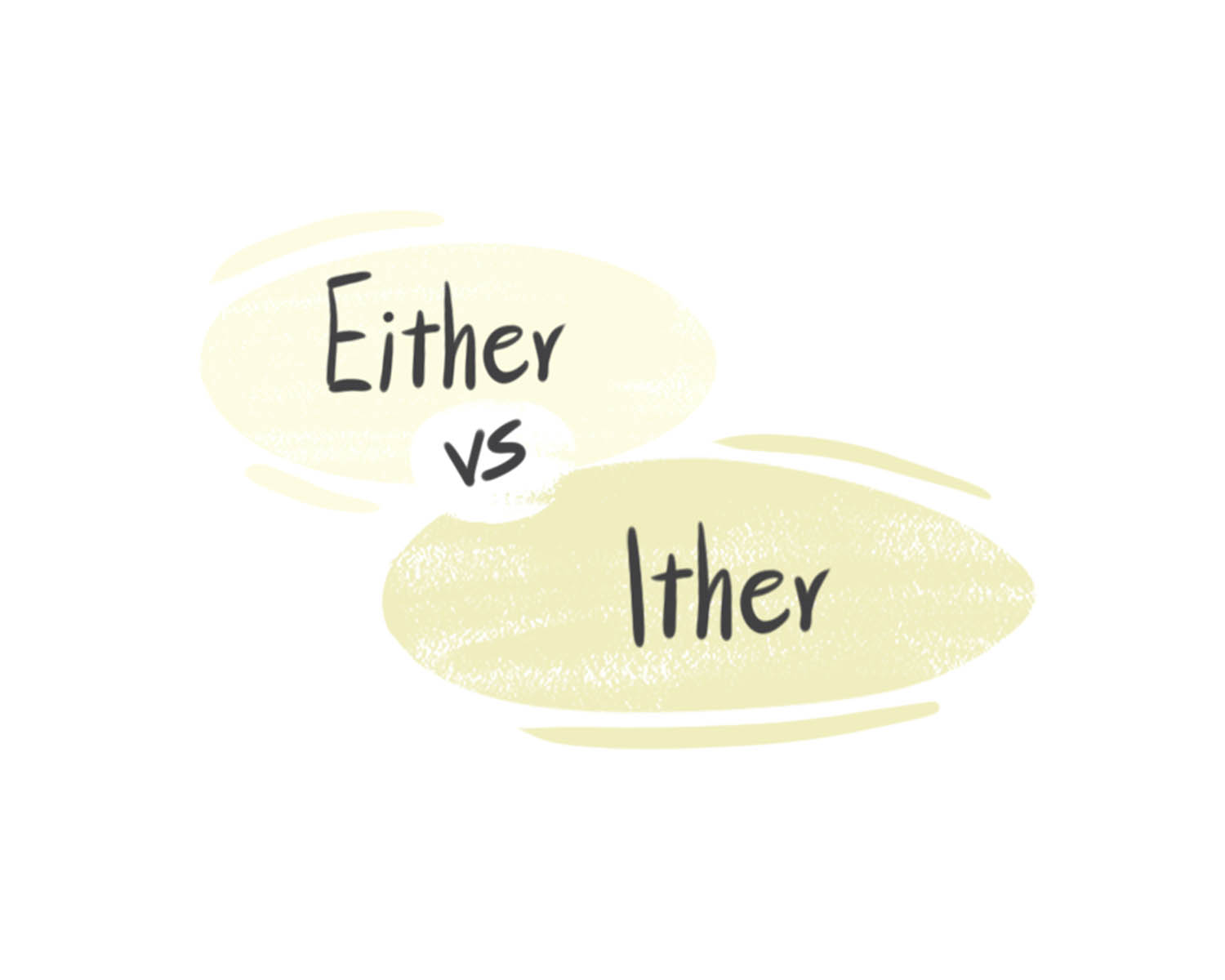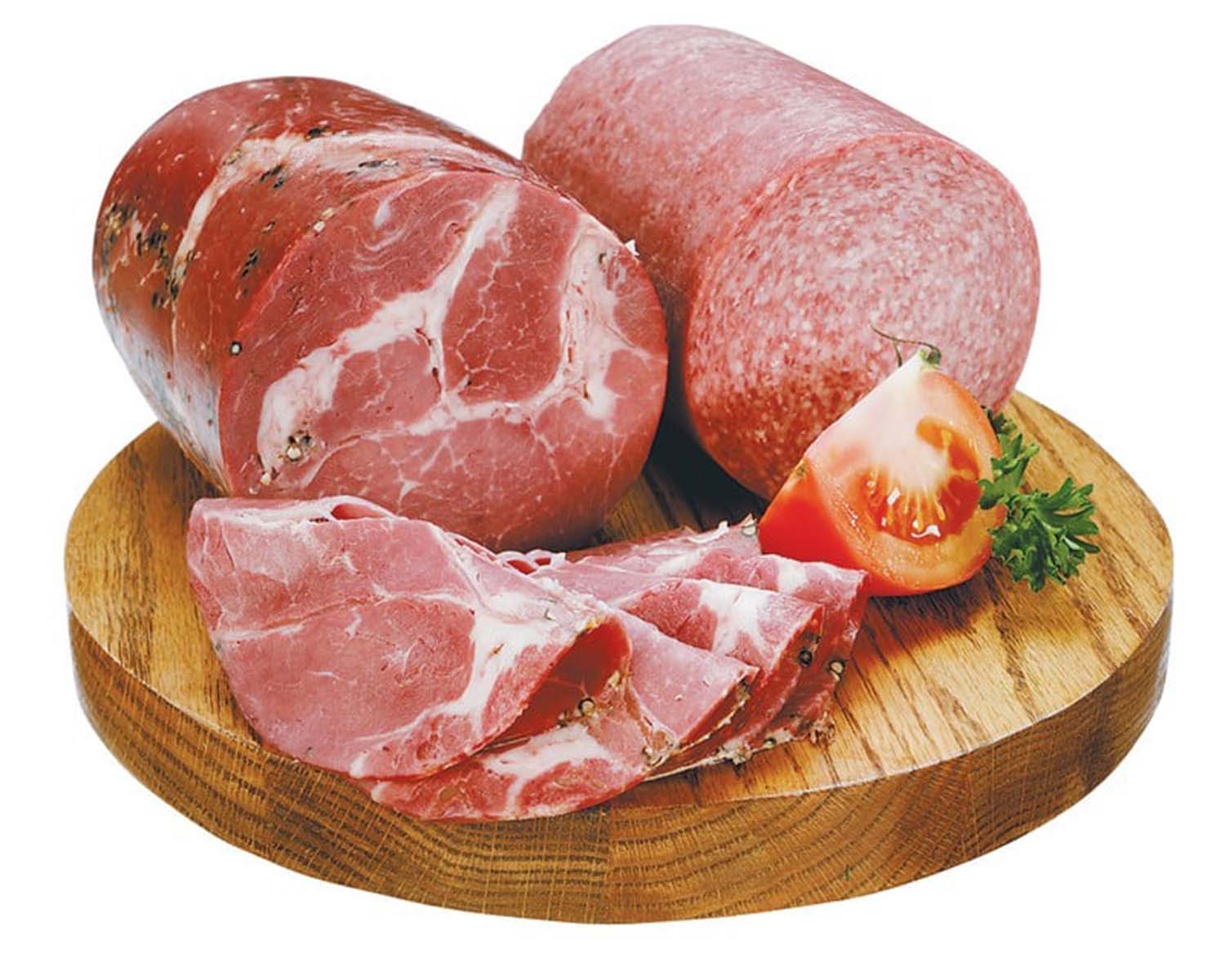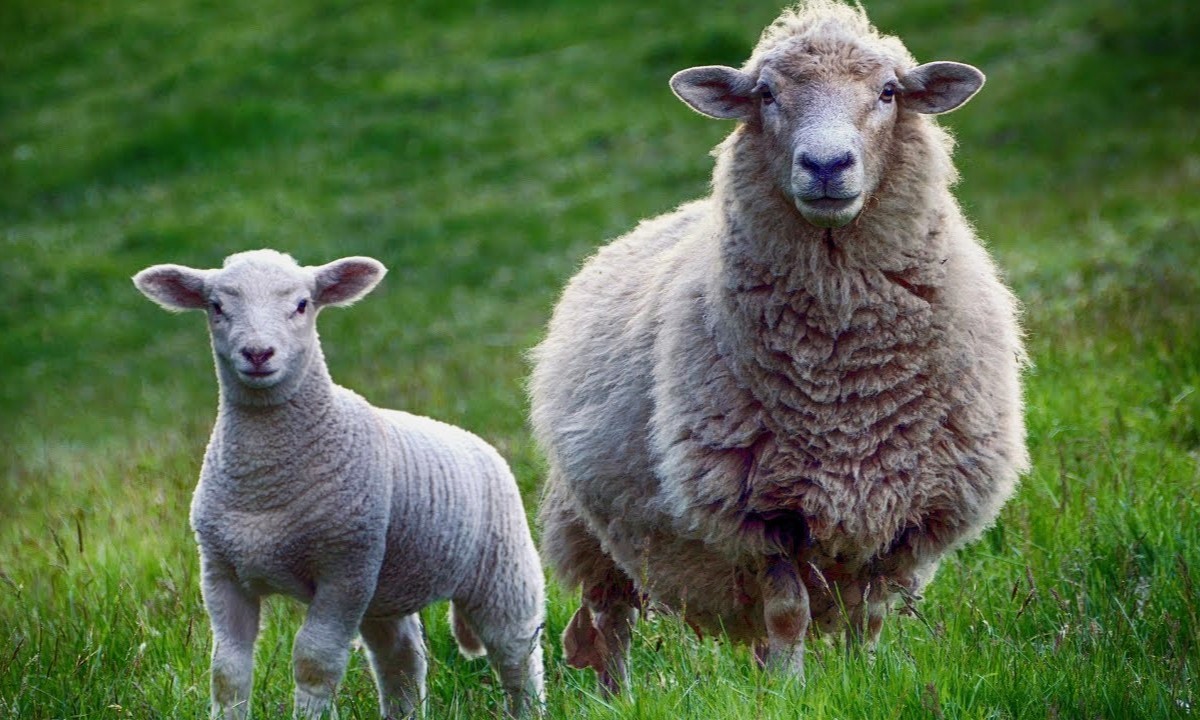Home>Arts and Culture>The Surprising Differences Between Scots And Irish
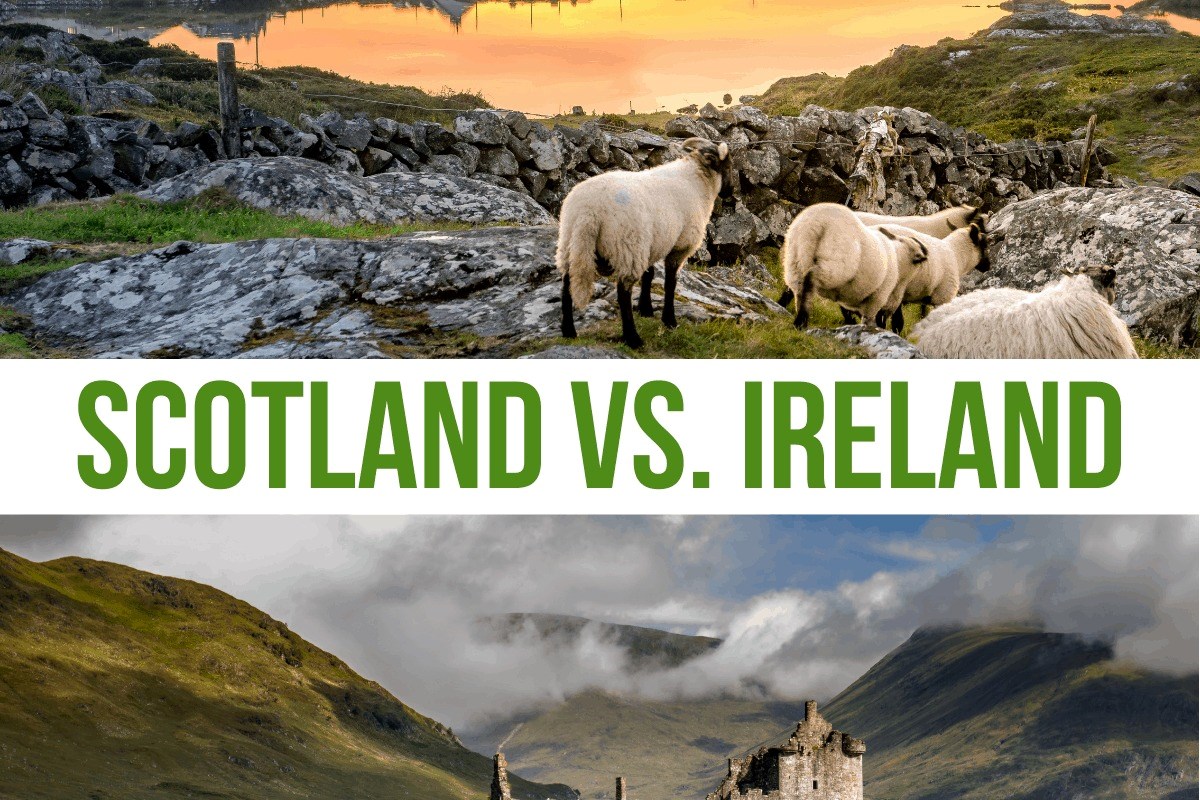

Arts and Culture
The Surprising Differences Between Scots And Irish
Published: January 20, 2024
Discover the rich cultural distinctions between Scots and Irish in art, music, and traditions. Uncover the unique heritage of these two vibrant cultures. Explore more about arts and culture.
(Many of the links in this article redirect to a specific reviewed product. Your purchase of these products through affiliate links helps to generate commission for Noodls.com, at no extra cost. Learn more)
Table of Contents
Introduction
The cultural tapestry of the British Isles is rich and diverse, woven with the distinct threads of various ethnic groups and historical influences. Two groups that stand out prominently within this tapestry are the Scots and the Irish. While these two peoples share a Celtic heritage and have both been shaped by a complex history of conquest, migration, and cultural exchange, they also possess unique characteristics that set them apart from each other. Delving into the differences between the Scots and the Irish reveals a fascinating mosaic of language, traditions, and societal dynamics that have evolved over centuries.
As we embark on this exploration, it's important to recognize that the identities of the Scots and the Irish are deeply intertwined with their historical context. From ancient tribal societies to the tumultuous medieval period and the modern era marked by political upheaval, these two groups have navigated a complex journey that has left an indelible mark on their respective cultures. By delving into their language and dialects, cultural traditions, and political and social differences, we can gain a deeper understanding of the nuanced distinctions that define the Scots and the Irish.
Historical Background
The historical roots of the Scots and the Irish run deep, intertwining with the complex tapestry of the British Isles. The earliest inhabitants of Scotland and Ireland were Celtic tribes, whose presence dates back over two millennia. These tribes established distinct societies, with their own languages, customs, and social structures. Over time, both regions experienced waves of invasions and settlements by various groups, including the Romans, Vikings, and Normans, which significantly influenced their cultures.
In the early medieval period, Gaelic-speaking settlers from Ireland migrated to what is now western Scotland, bringing their language and customs with them. This migration, along with the existing Pictish and Brythonic influences, laid the foundation for the unique Scottish Gaelic culture. Meanwhile, in Ireland, the Gaelic kingdoms flourished, forming a network of dynasties and alliances that shaped the island's political landscape.
The subsequent arrival of the Normans in the 12th century brought further upheaval to both Scotland and Ireland. While the Normans established control over parts of Ireland, their influence in Scotland was limited to the southeastern region. This divergence in Norman influence contributed to the divergent paths of the two nations.
The 16th and 17th centuries witnessed significant turmoil in both Scotland and Ireland. The Scottish Reformation, led by figures such as John Knox, transformed the religious landscape, leading to the establishment of the Presbyterian Church of Scotland. In contrast, Ireland remained predominantly Catholic, with the Reformation leading to deep divisions and conflicts.
The 17th century also saw the Plantation of Ulster, a significant event that shaped the demographic and cultural makeup of Northern Ireland. This plantation, which involved the settlement of English and Scottish Protestant colonists, had lasting implications for the region's social and political dynamics.
In the following centuries, Scotland and Ireland experienced further upheavals, including the Act of Union in 1707, which merged the Scottish and English parliaments, and the Act of Union in 1801, which brought Ireland under the governance of the United Kingdom. These acts had profound effects on the political and economic landscapes of both nations, setting the stage for the distinct trajectories they would follow in the modern era.
The historical background of the Scots and the Irish is a complex tapestry of migrations, invasions, and cultural exchanges that have shaped their identities and societies. Understanding this historical context is essential for appreciating the nuances of their language, traditions, and societal dynamics.
Language and Dialects
The linguistic landscapes of Scotland and Ireland are characterized by a rich tapestry of languages and dialects, reflecting the complex historical and cultural influences that have shaped these regions. In Scotland, the linguistic diversity is particularly notable, with three main languages and dialects: Scottish Gaelic, Scots, and Scottish English.
Scottish Gaelic, also known simply as Gaelic, is a Celtic language that has ancient roots in the Scottish Highlands and the Western Isles. It is a language with a deep connection to Scotland's Gaelic heritage, and while its usage has declined over the centuries, efforts to preserve and promote the language have led to a resurgence of interest in recent years. Today, Scottish Gaelic holds a special place in Scotland's cultural identity, with initiatives aimed at revitalizing its use in education, media, and everyday life.
In addition to Scottish Gaelic, Scots is another significant linguistic component of Scotland's cultural mosaic. Scots is a Germanic language closely related to English, yet distinct in its phonology, vocabulary, and grammar. It has been spoken in various forms across different regions of Scotland, and its influence can be seen in the local dialects and idioms that enrich the linguistic tapestry of the country.
Furthermore, Scottish English, the variety of English spoken in Scotland, reflects a blend of standard English with elements of Scots and Scottish Gaelic. This linguistic fusion gives Scottish English its unique flavor, characterized by distinctive pronunciations and expressions that set it apart from other forms of English spoken across the United Kingdom.
Turning to Ireland, the linguistic landscape is similarly diverse, with the Irish language (Gaeilge) holding a significant place in the country's cultural heritage. Irish is a Celtic language with a rich literary tradition, and despite historical challenges to its survival, it has experienced a revival in recent decades, buoyed by efforts to promote its use in education, media, and public life.
In addition to Irish, Hiberno-English, the variety of English spoken in Ireland, reflects a distinct blend of Irish linguistic influences and standard English. This unique fusion of languages has given rise to expressions, idioms, and pronunciations that are emblematic of Irish English and contribute to the rich linguistic tapestry of the country.
The language and dialects of Scotland and Ireland are integral to the cultural identities of these nations, reflecting the intricate interplay of historical, social, and linguistic factors that have shaped their linguistic landscapes. Embracing and preserving these languages and dialects is not only a means of honoring the past but also a way of enriching the cultural tapestry of the present and the future.
Cultural Traditions
The cultural traditions of Scotland and Ireland are deeply rooted in the rich tapestry of their histories, reflecting the influences of ancient customs, folklore, and societal practices that have been passed down through generations. These traditions encompass a wide spectrum of expressions, ranging from music and dance to festivals and culinary customs, each bearing the distinct imprint of the region from which they originate.
In Scotland, the tradition of Highland Games stands as a vibrant celebration of Scottish culture, featuring a diverse array of athletic competitions, traditional music, and dance. These events, which take place in various communities across Scotland, offer a captivating display of strength, skill, and camaraderie, embodying the spirit of Scottish heritage. The stirring sounds of bagpipes and the spectacle of Highland dancing further enrich the cultural tapestry, captivating audiences with their evocative rhythms and graceful movements.
The rich musical traditions of Scotland encompass a diverse range of genres, from the haunting melodies of traditional folk music to the stirring refrains of Scottish ballads. The iconic sound of the bagpipes, with its stirring resonance, holds a special place in Scottish culture, evoking a sense of pride and nostalgia. Meanwhile, ceilidh dancing, with its lively and communal spirit, continues to enliven gatherings and celebrations, fostering a sense of connection and joy among participants.
In Ireland, cultural traditions are similarly vibrant and diverse, reflecting the enduring spirit of the Irish people. The art of storytelling, with its rich tapestry of myths, legends, and folklore, remains a cherished tradition, preserving the oral heritage of Ireland through captivating narratives passed down through generations. Irish traditional music, with its infectious rhythms and soul-stirring melodies, embodies the essence of Irish identity, inspiring a deep sense of connection and belonging.
The festival culture of Ireland is a testament to the country's vibrant traditions, with events such as St. Patrick's Day capturing the global imagination with their exuberant celebrations of Irish heritage. The lively rhythms of Irish dance, characterized by intricate footwork and expressive movements, infuse these festivities with a sense of energy and vitality, inviting participants to revel in the joyous spirit of the occasion.
The culinary traditions of Scotland and Ireland offer a tantalizing glimpse into the cultural tapestry of these nations, with dishes such as haggis and colcannon reflecting the rich heritage and flavors of the regions. These traditional recipes, passed down through generations, serve as a culinary bridge to the past, evoking a sense of nostalgia and connection to the land and its people.
In essence, the cultural traditions of Scotland and Ireland are a testament to the enduring spirit of these nations, reflecting a profound connection to the land, the history, and the collective identity of their people. Embracing and preserving these traditions is not only a means of honoring the past but also a way of enriching the cultural tapestry of the present and the future.
Political and Social Differences
The political and social landscapes of Scotland and Ireland are marked by a complex interplay of historical, cultural, and geopolitical factors that have shaped the identities and experiences of their respective populations. While both nations share a legacy of struggle and resilience, they exhibit distinct differences in their political structures, societal dynamics, and relationships with external powers.
In Scotland, the issue of independence has been a focal point of political discourse, with debates surrounding the country's relationship with the United Kingdom. The establishment of the Scottish Parliament in 1999 marked a significant milestone in Scotland's political autonomy, granting the nation a degree of legislative power over internal affairs. The resurgence of the Scottish National Party (SNP) and its advocacy for Scottish independence have propelled the question of sovereignty to the forefront of Scottish politics, igniting passionate discussions about the nation's future within the broader framework of the United Kingdom.
In contrast, Ireland's political landscape has been shaped by its tumultuous history of colonialism and the struggle for independence. The partition of Ireland in 1921 led to the establishment of the Republic of Ireland and Northern Ireland, each with its own distinct political and social dynamics. The Troubles, a period of ethno-nationalist conflict in Northern Ireland, left a profound impact on the region, shaping its societal divisions and political complexities. The Good Friday Agreement of 1998, a historic milestone in the peace process, ushered in a new era of reconciliation and cooperation, yet the legacy of the Troubles continues to reverberate through the region's political and social fabric.
Furthermore, the religious and cultural dynamics in Scotland and Ireland have contributed to distinct societal structures. In Scotland, the historical influence of Presbyterianism and the legacy of the Scottish Reformation have left enduring imprints on the nation's religious and social landscapes. The Church of Scotland, with its Presbyterian tradition, holds a prominent place in Scottish society, shaping moral values, community dynamics, and social welfare initiatives.
In Ireland, the historical predominance of Catholicism has played a central role in shaping the country's social fabric, influencing cultural practices, family structures, and community cohesion. The interplay of religious identity and societal norms has contributed to a distinct social framework, fostering a strong sense of communal ties and shared values within Irish society.
The political and social differences between Scotland and Ireland reflect the intricate tapestry of historical, cultural, and geopolitical influences that have shaped their respective trajectories. These differences, while rooted in their unique contexts, underscore the diverse and dynamic nature of the British Isles, offering a compelling lens through which to explore the complexities of identity, governance, and societal cohesion.
Conclusion
In conclusion, the exploration of the differences between the Scots and the Irish unveils a captivating tapestry of historical, linguistic, cultural, and societal nuances that have shaped the identities of these two distinct peoples. From their ancient Celtic roots to the complexities of their modern political and social landscapes, Scotland and Ireland offer a compelling study in the diverse and dynamic nature of the British Isles.
The historical background of the Scots and the Irish, characterized by migrations, invasions, and cultural exchanges, lays the foundation for understanding the intricate layers of their respective identities. The interplay of Gaelic, Scots, and Scottish English in Scotland, and Irish and Hiberno-English in Ireland, reflects the rich linguistic tapestries that contribute to the cultural heritage of these nations. Embracing and preserving these languages and dialects is not only a means of honoring the past but also a way of enriching the cultural tapestry of the present and the future.
Furthermore, the cultural traditions of Scotland and Ireland, from Highland Games and traditional music to storytelling and culinary customs, offer a glimpse into the enduring spirit of these nations. These traditions serve as living expressions of the deep connections to the land, the history, and the collective identity of their people, fostering a sense of continuity and belonging across generations.
The political and social differences between Scotland and Ireland, encompassing issues of independence, religious influences, and societal structures, underscore the diverse and dynamic nature of the British Isles. These differences, rooted in their unique historical and cultural contexts, offer valuable insights into the complexities of identity, governance, and societal cohesion within the region.
In essence, the differences between the Scots and the Irish, while reflecting the distinct trajectories of their histories and experiences, converge to form a rich and multifaceted narrative that contributes to the vibrant cultural mosaic of the British Isles. Understanding and appreciating these differences not only enriches our knowledge of these two remarkable cultures but also fosters a deeper appreciation for the diverse tapestry of human experience that continues to unfold in our interconnected world.
